Search
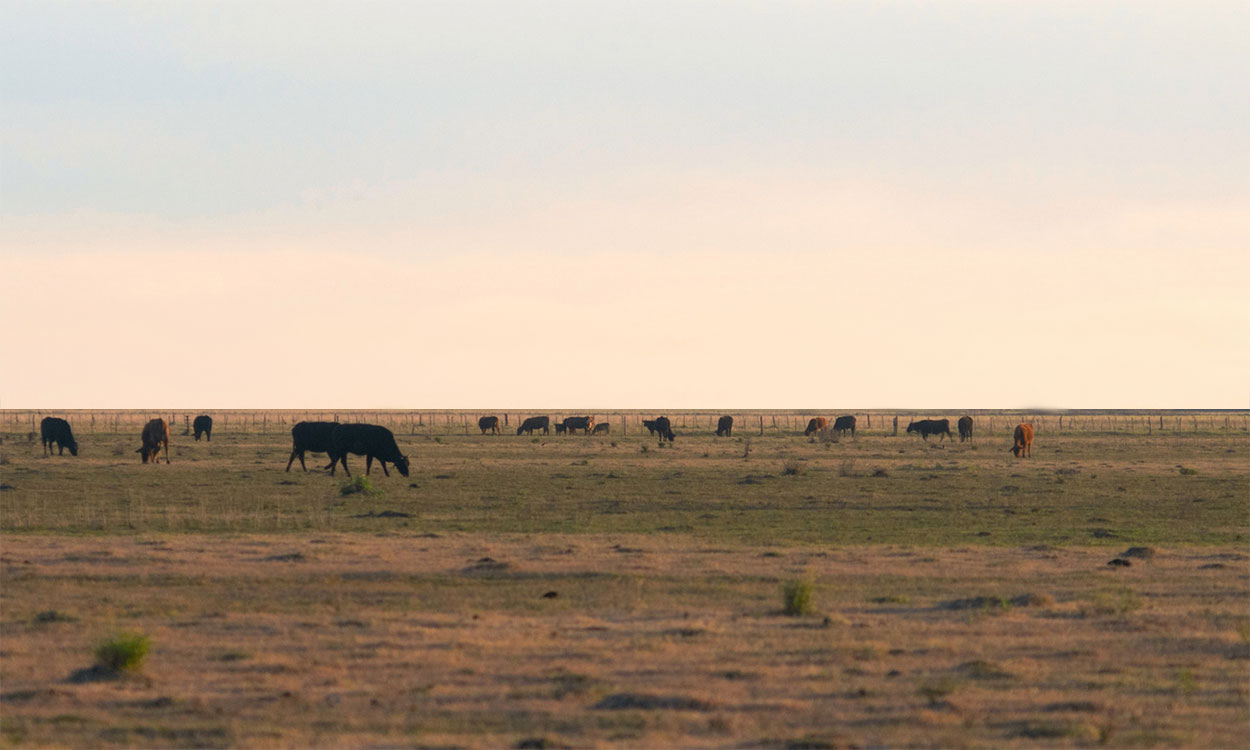
Producer Views on Patch Burn Grazing vs. Winter Patch Grazing in S.D.
Traditional rangeland management promotes uniform forage utilization, yet causes detrimental effects on the richness of plant species and wildlife habitat. Therefore, management practices that increase heterogeneity in vegetation play an important role in developing diverse habitat types and preserving grassland wildlife species.
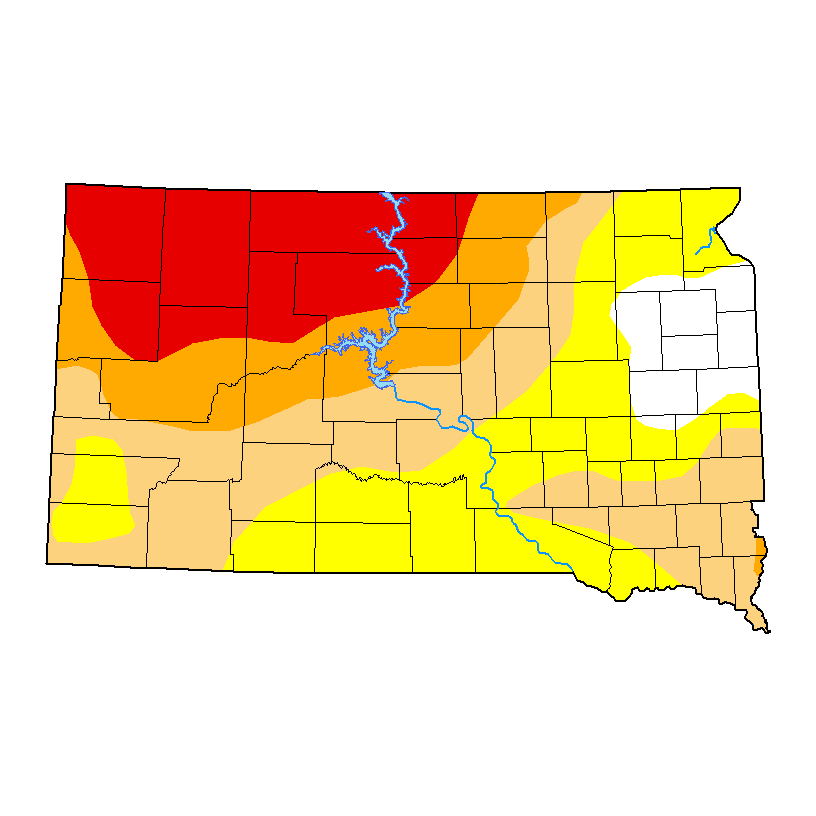
SDSU Extension to Resume Drought Hour in May
April 29, 2021
According to the latest U.S. Drought Monitor, nearly 95% of South Dakota is in some level of drought, including 19.42% that is classified as Extreme Drought (D3) in the north central region.

Crop Tolerance to Soil Herbicide Residual
Some herbicides can persist in soil, especially dry soil. Herbicide carryover could be an issue in 2021 across the state depending upon last year’s moisture levels and field conditions.
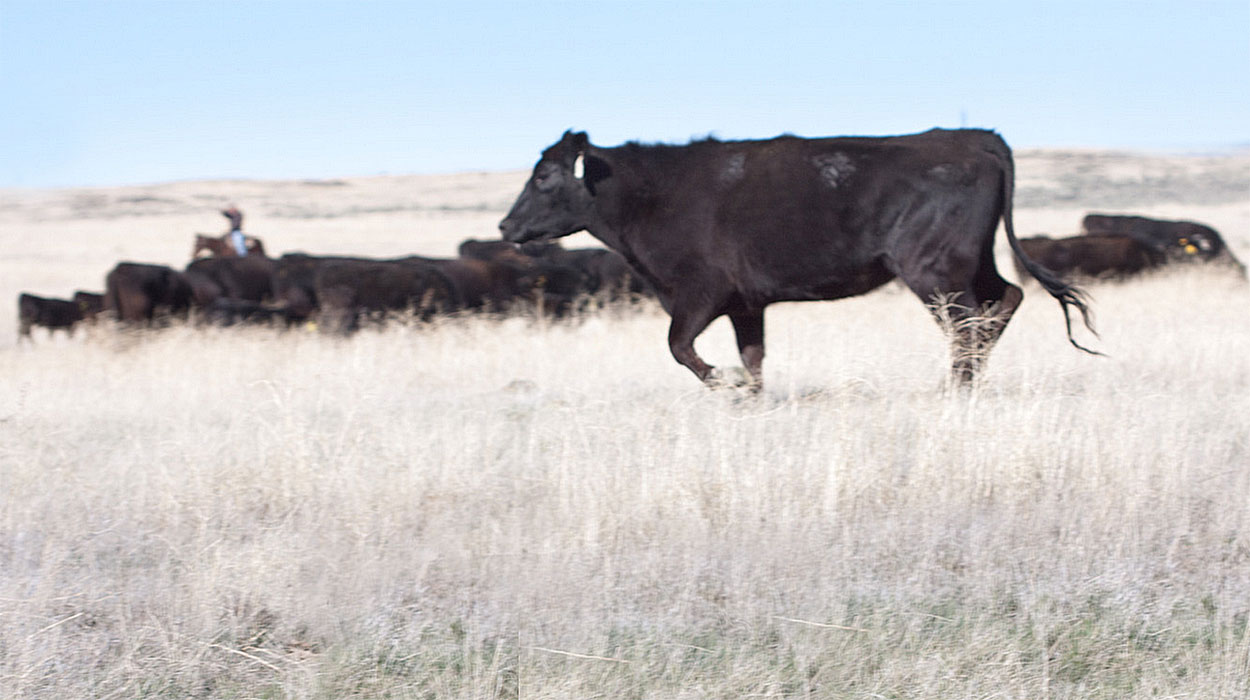
Trigger Dates: Critical Decisions for Drought Management
Having a drought plan in place ensures that you can overcome the inhibitions surrounding a drought response, the basis of which is figuring out trigger dates.
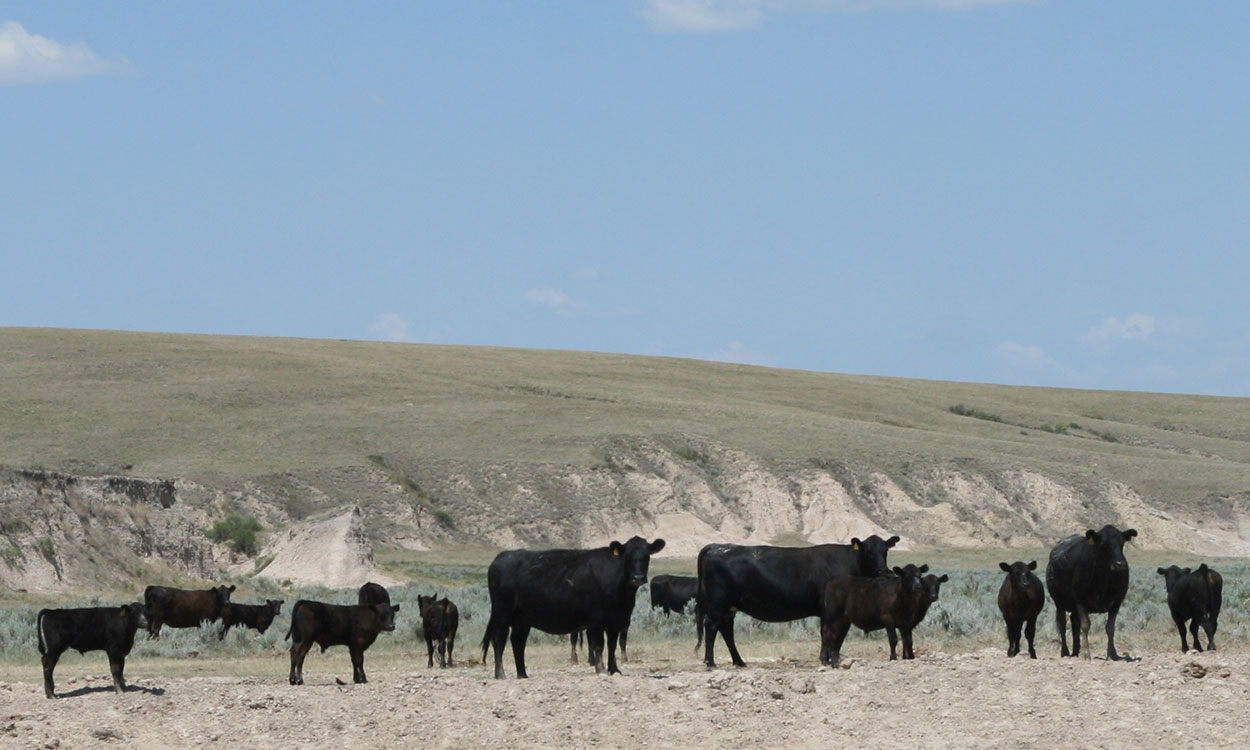
Adaptive Management: One Strategy To Increase Your Operation’s Flexibility and Resiliency
Adaptive management is a strategy that livestock producers can use to manage year-to-year variability in forage production and build drought resiliency for their operations.

Revegetation of Salt-Impacted Soils in South Dakota
This publication provides suggested native species suitable for the revegetation of salt-impacted soils. The suggested species are listed as native to South Dakota according to the USDA NRCS Plants Database.

Soil Organic Matter Matters: How Conservation Practices Bring Value to Farmers
Conservation management practices, such as conservation tillage, cover crops, diverse crop rotation and livestock integration, help improve soil health over time and offer producers numerous economic benefits.

X-Ray Scanning Confirms Soil Health Benefits from Conservation Practices
Summary report of X-ray scanning confirms soil health benefits from conservation practices.

Nitrogen Credit: The Rest of the Story
We have all been programmed to think of soybean as fixing nitrogen from the atmosphere and adding nitrogen to the soil. The SDSU lab and most other labs give nitrogen “credit” when another crop follows soybeans.
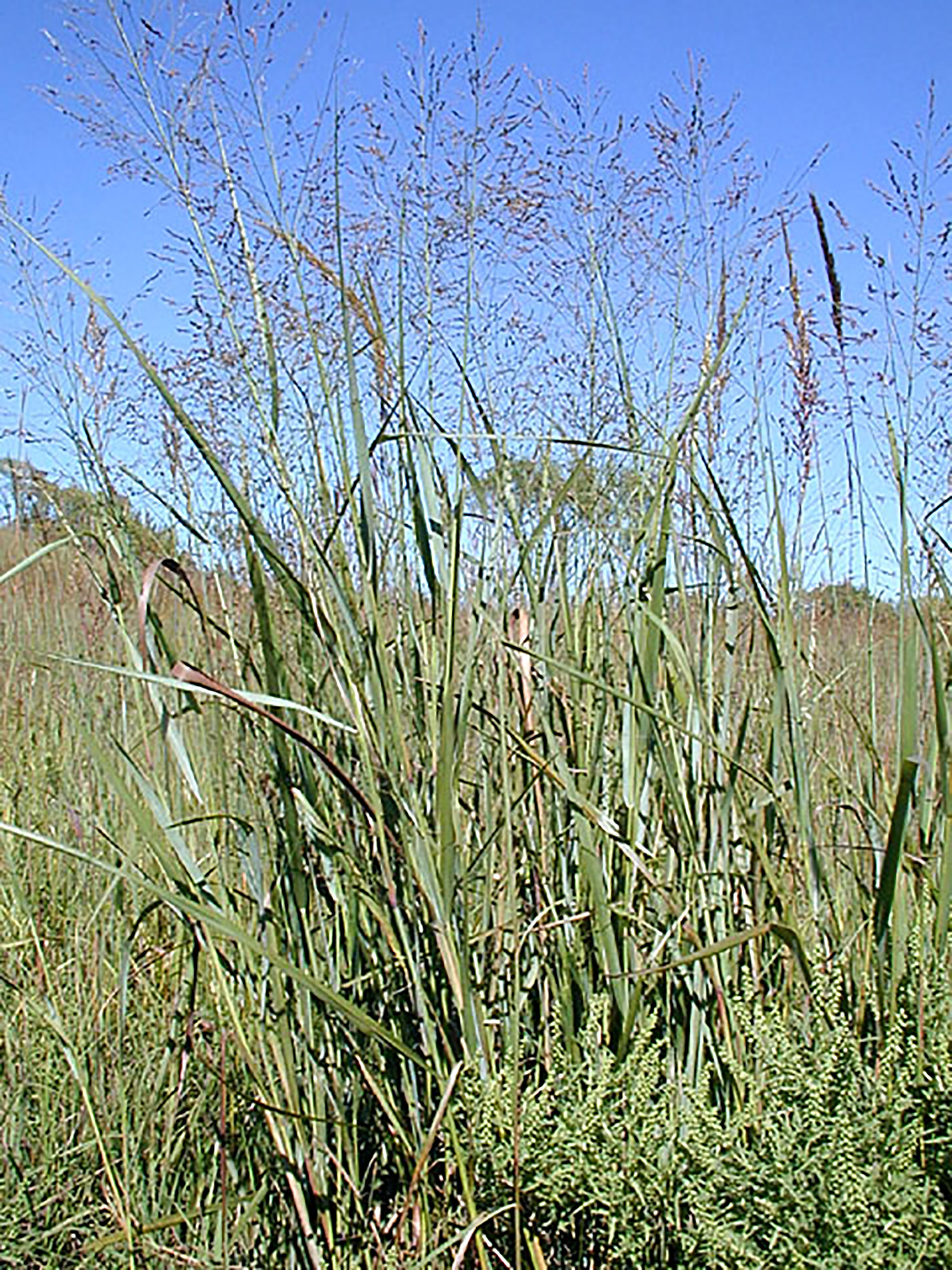
Warm-Season Grasses of South Dakota
Fact sheet about warm-season grasses in South Dakota.